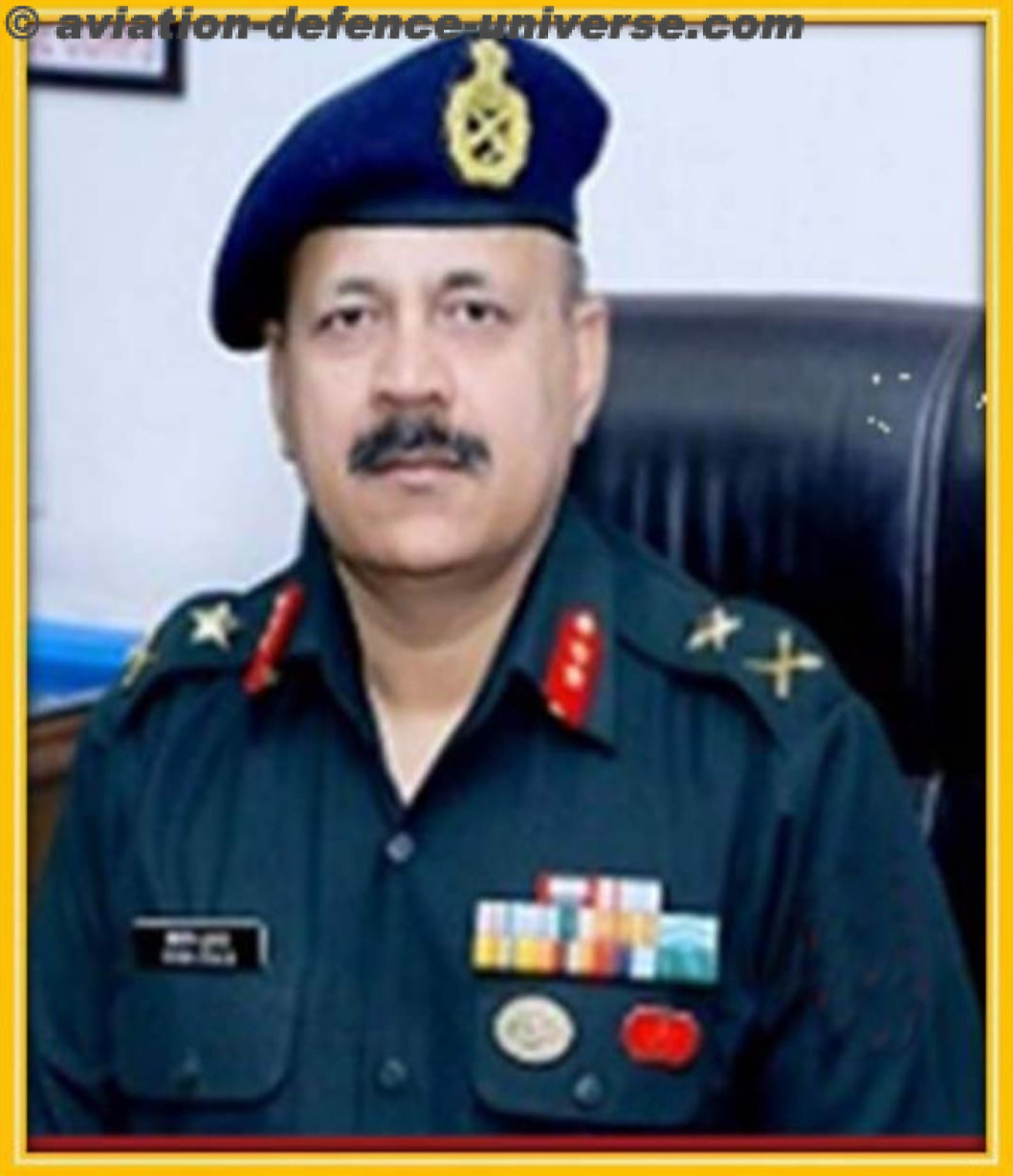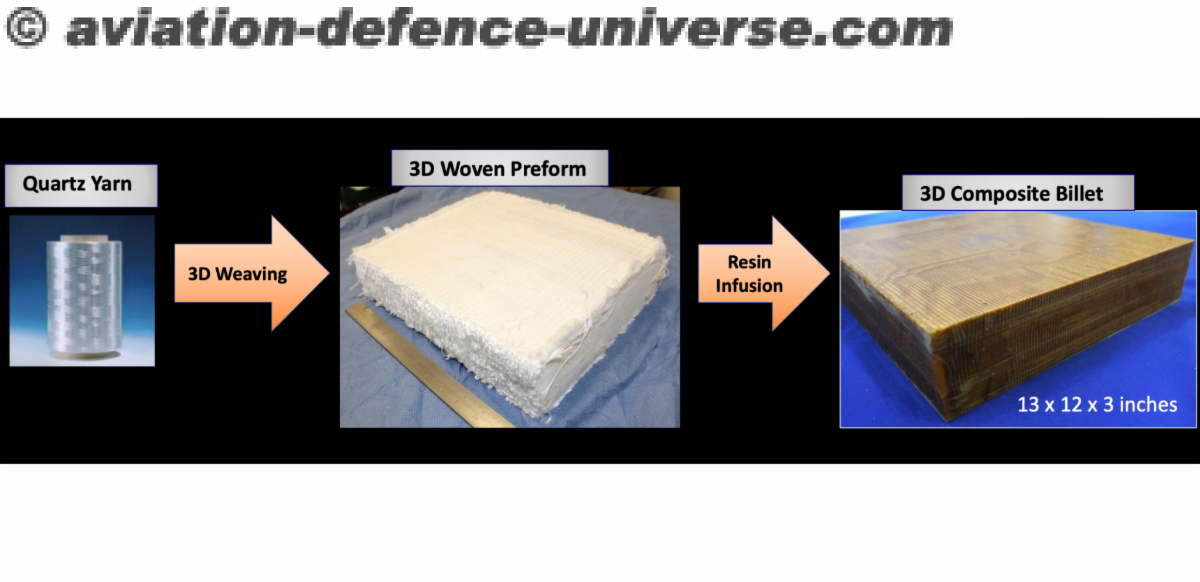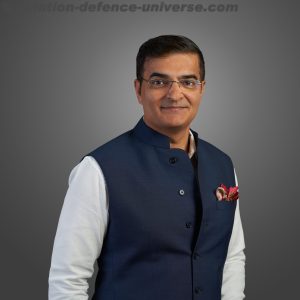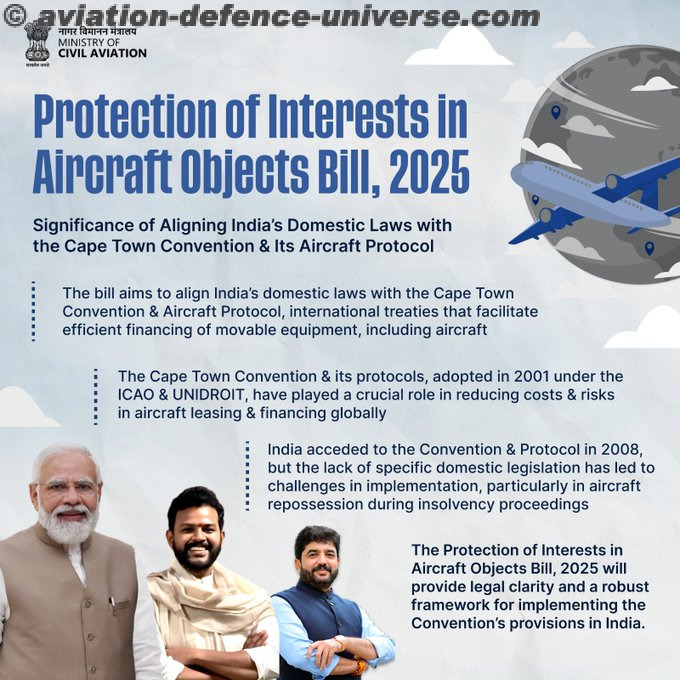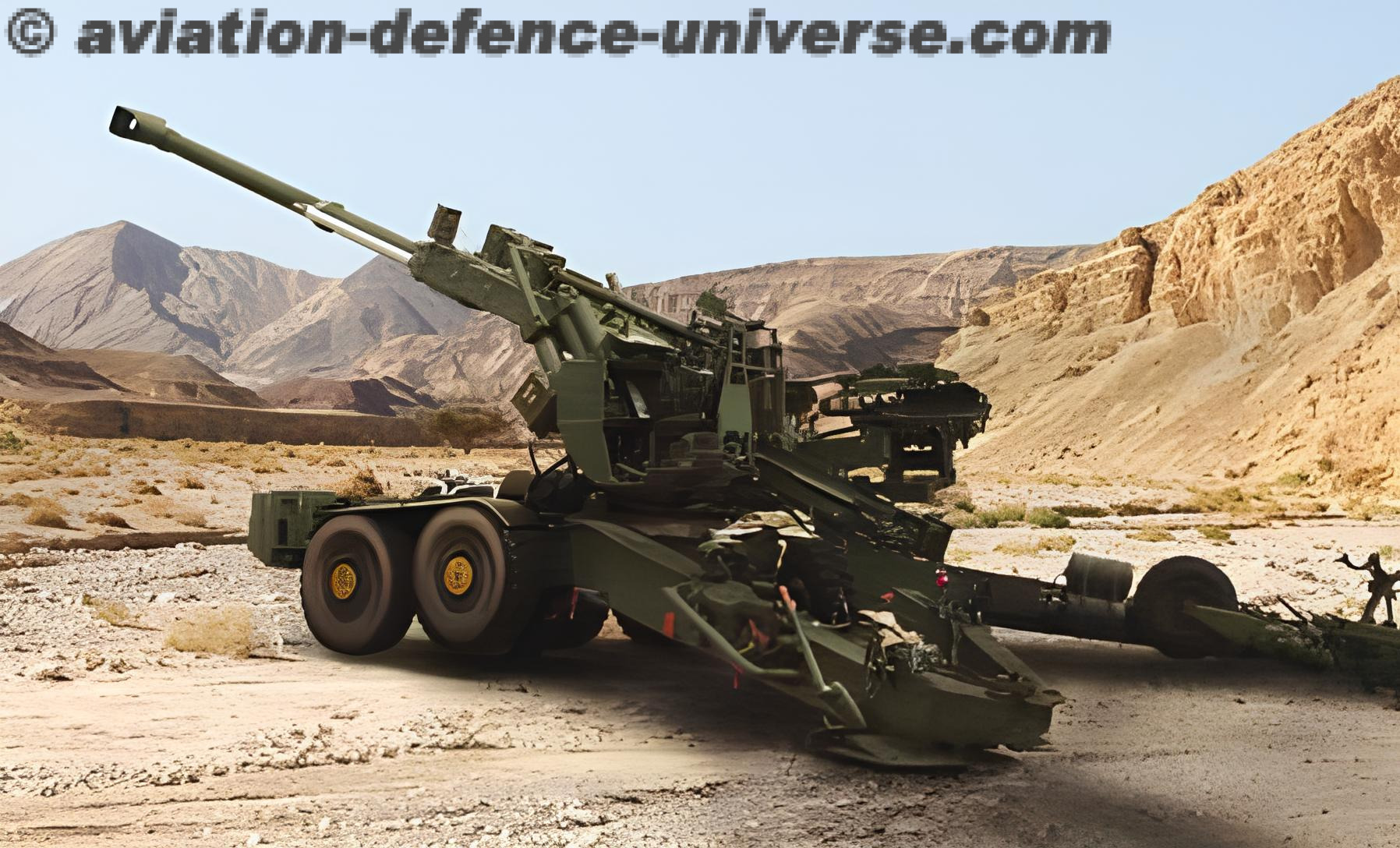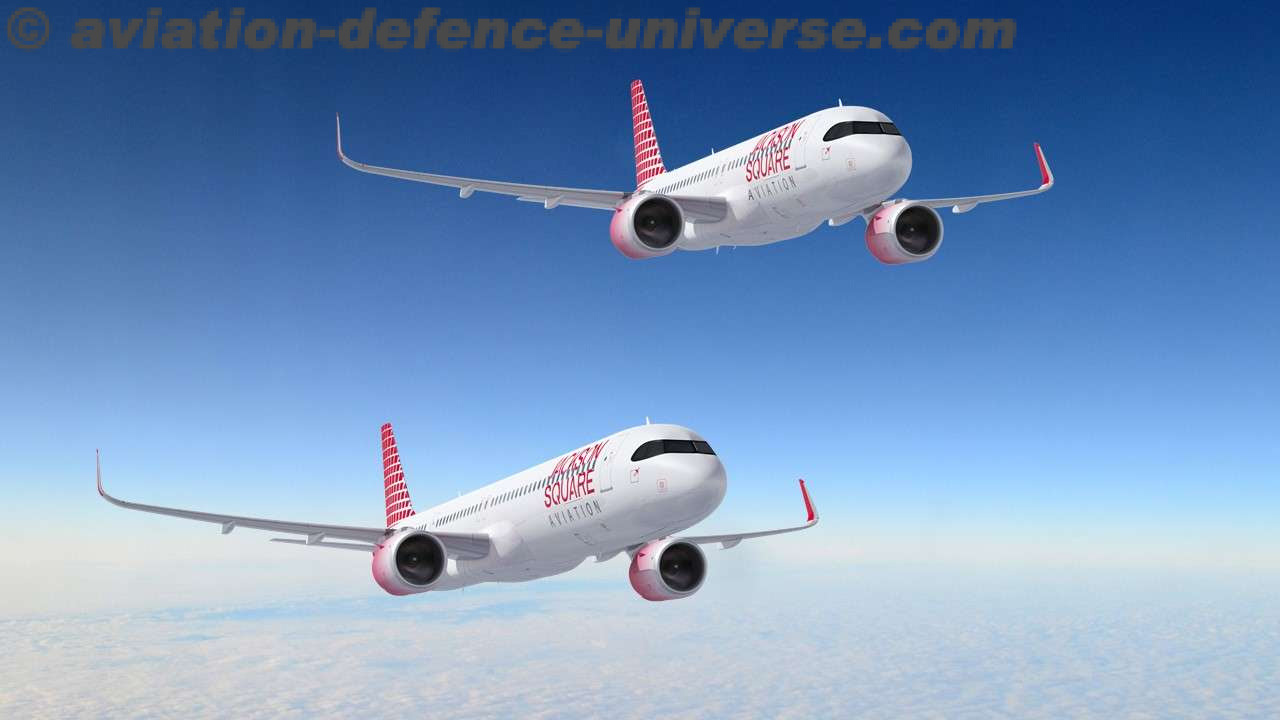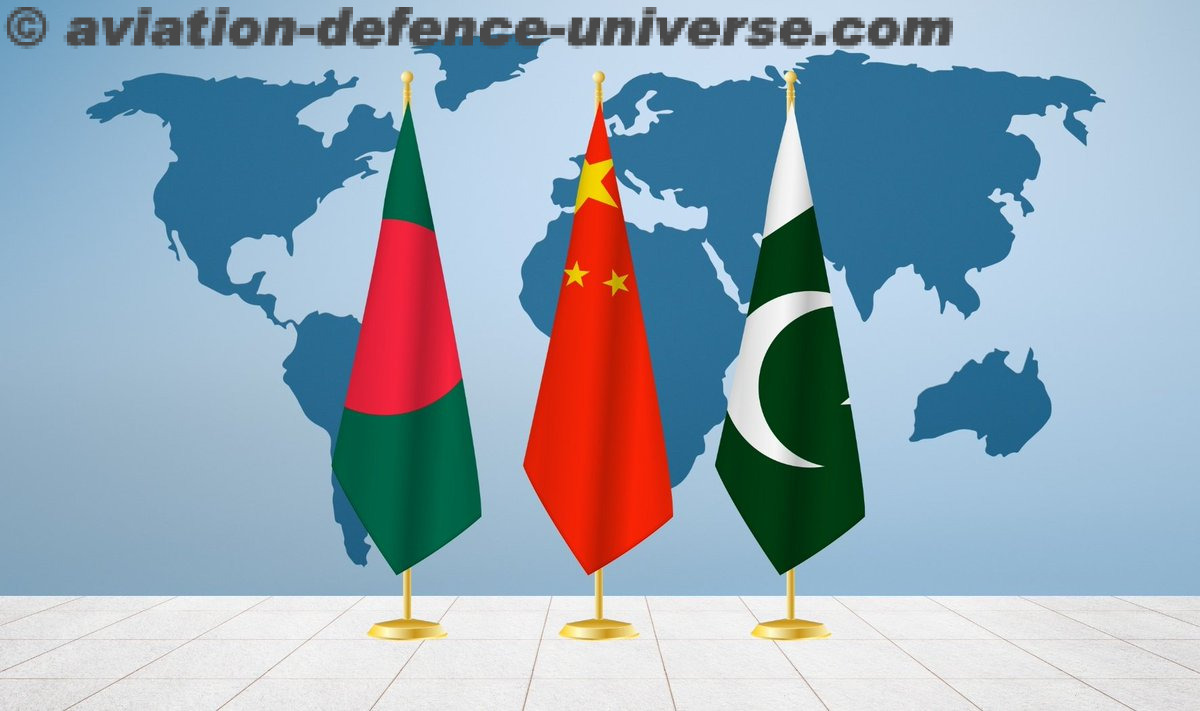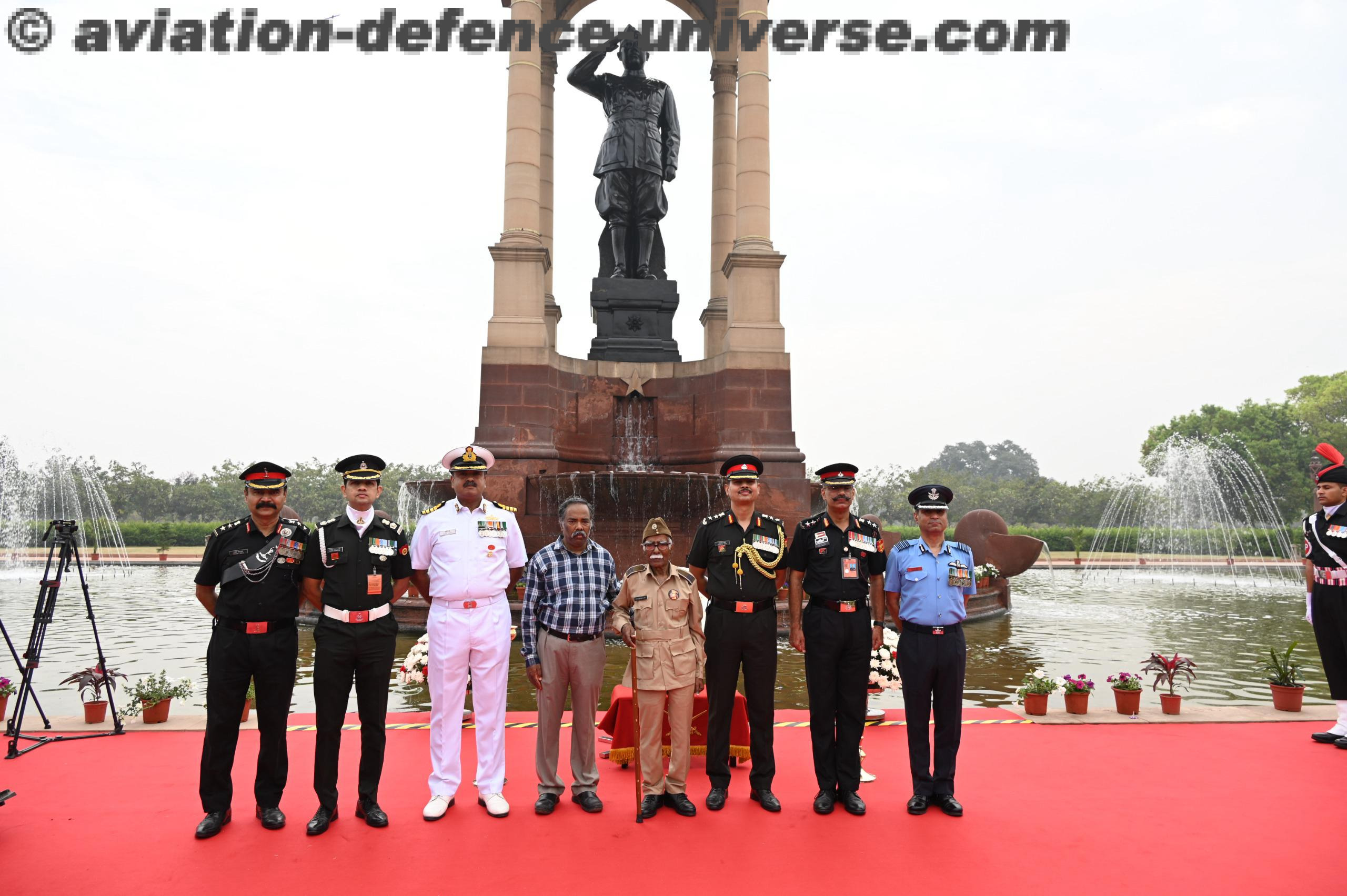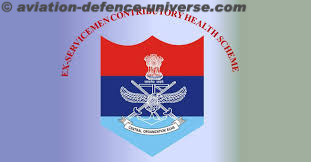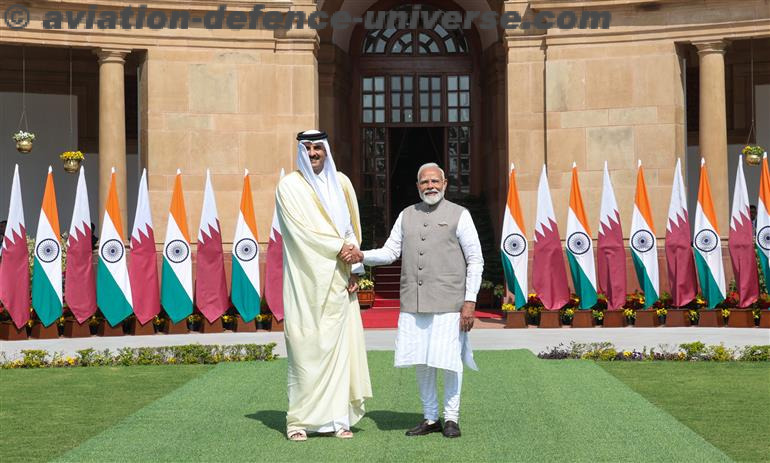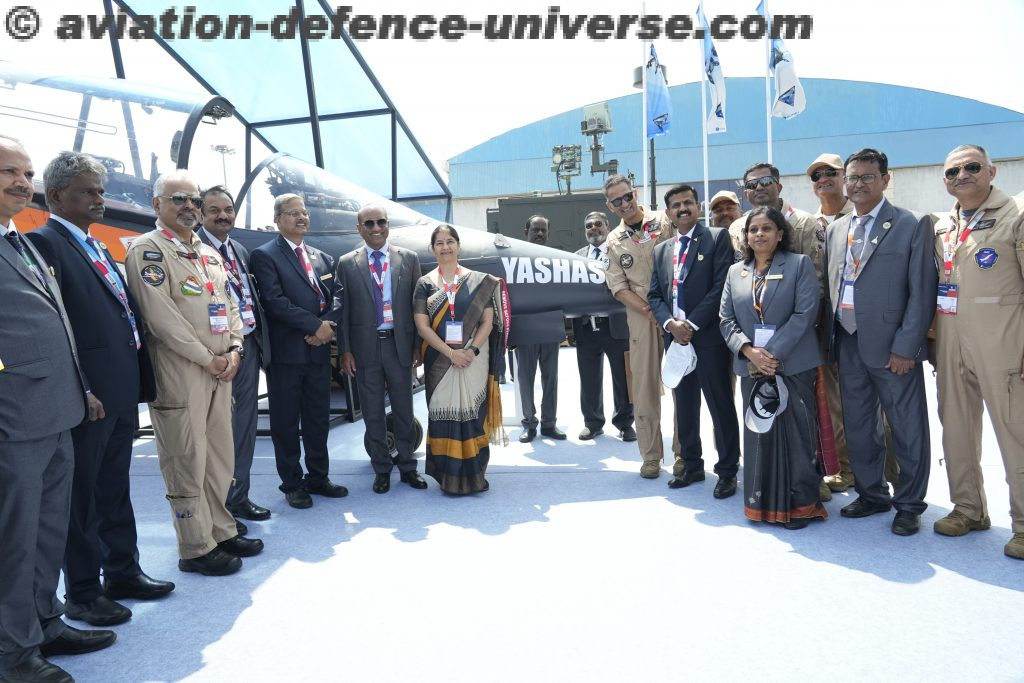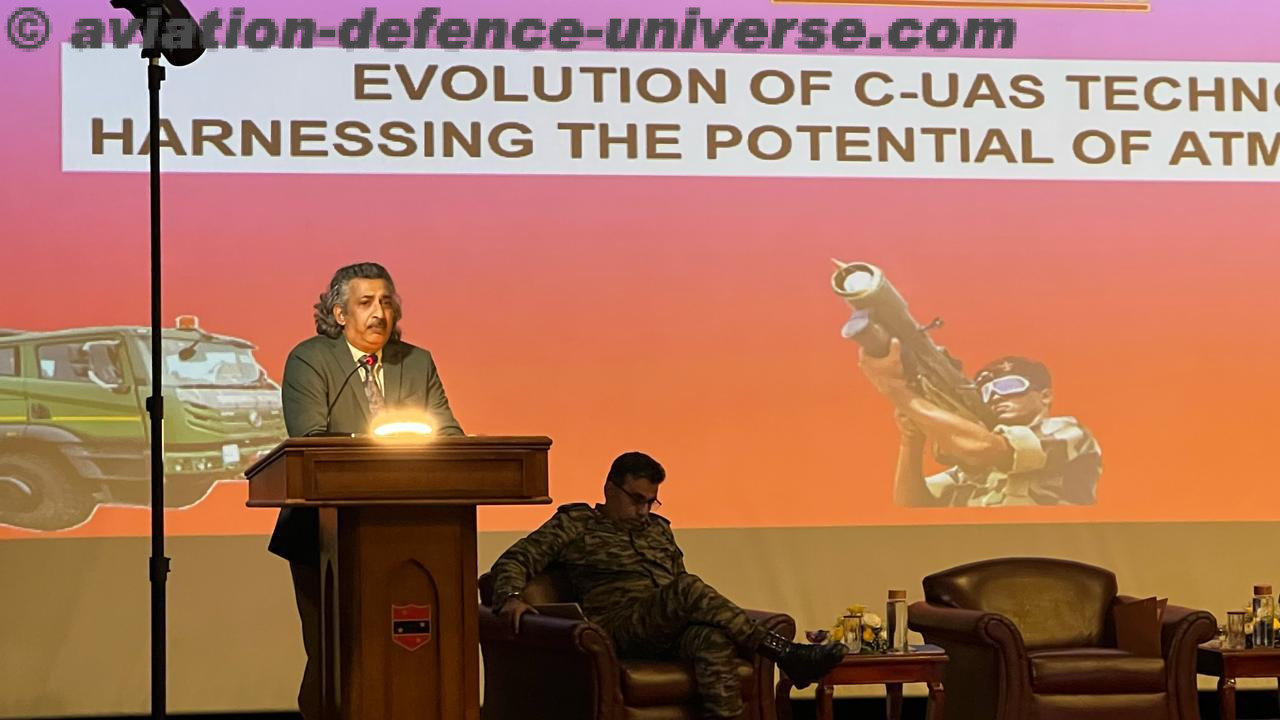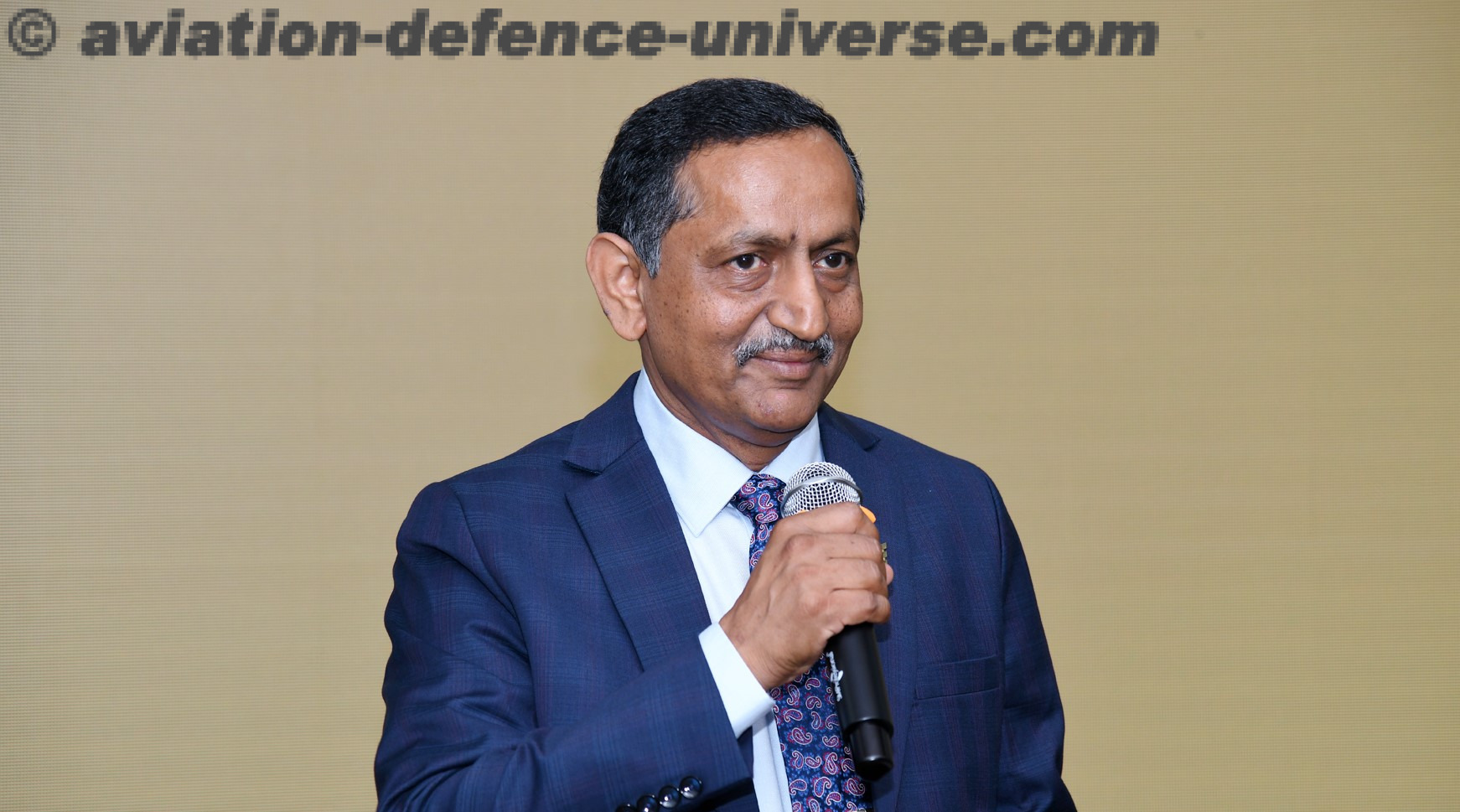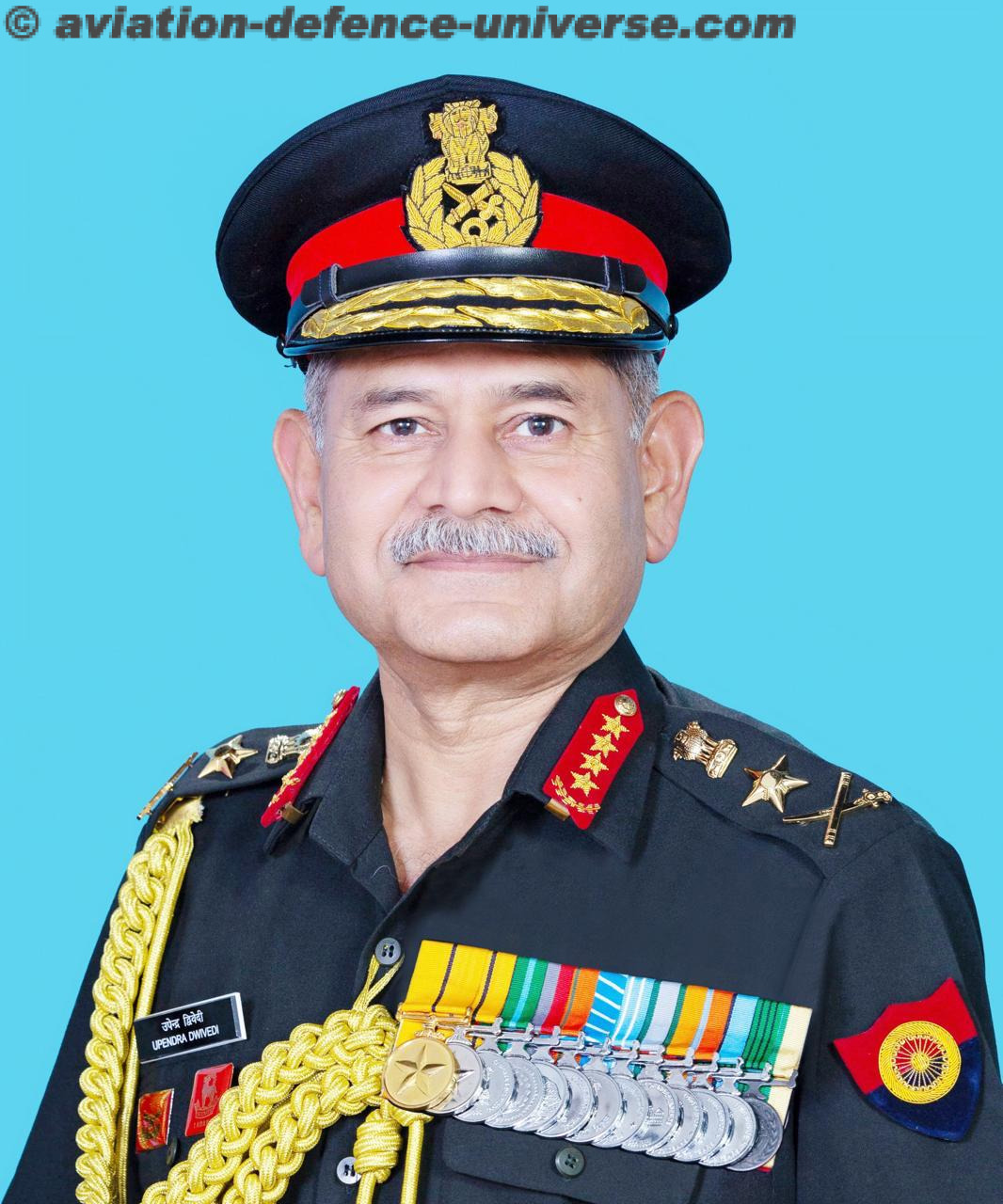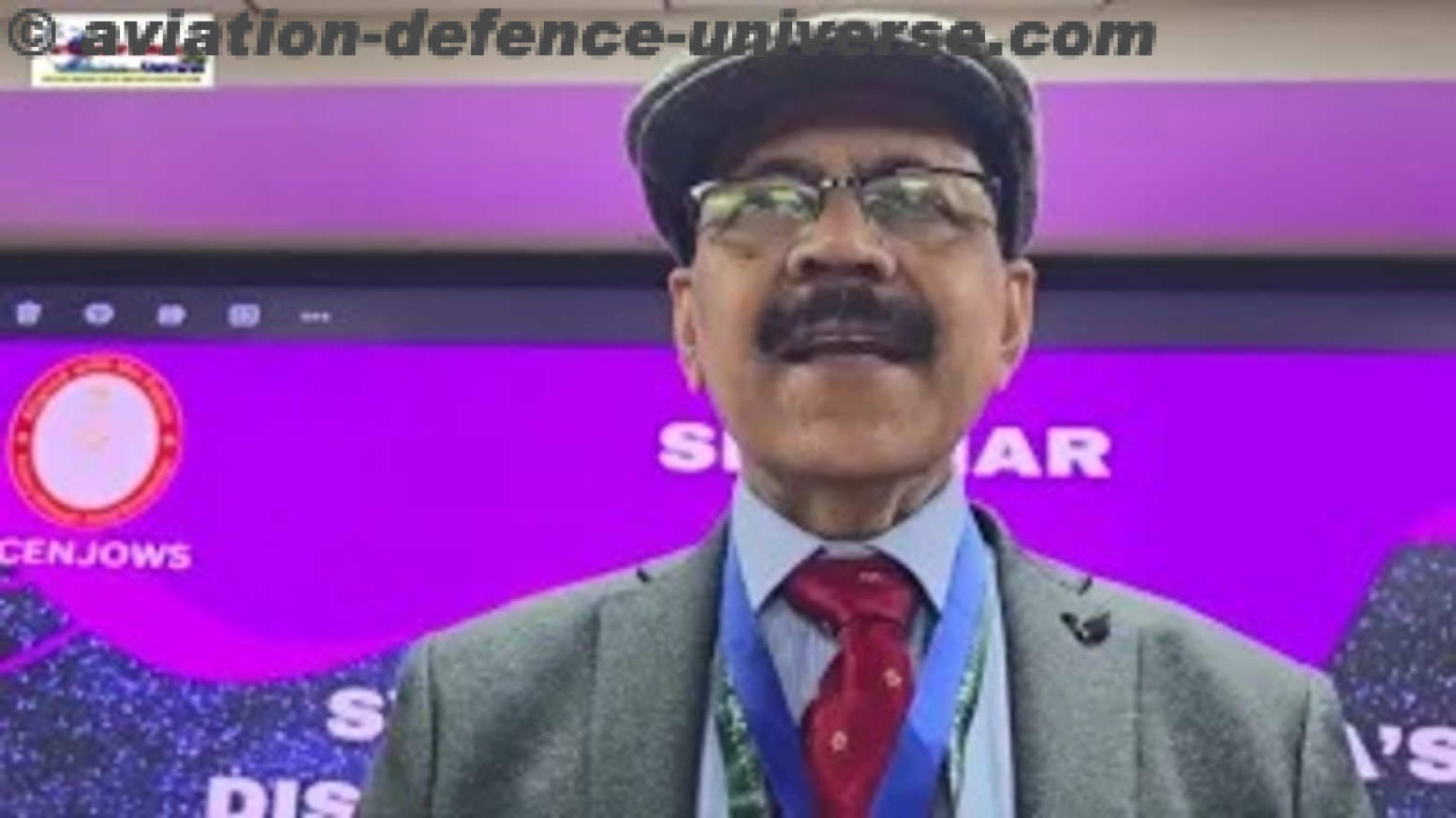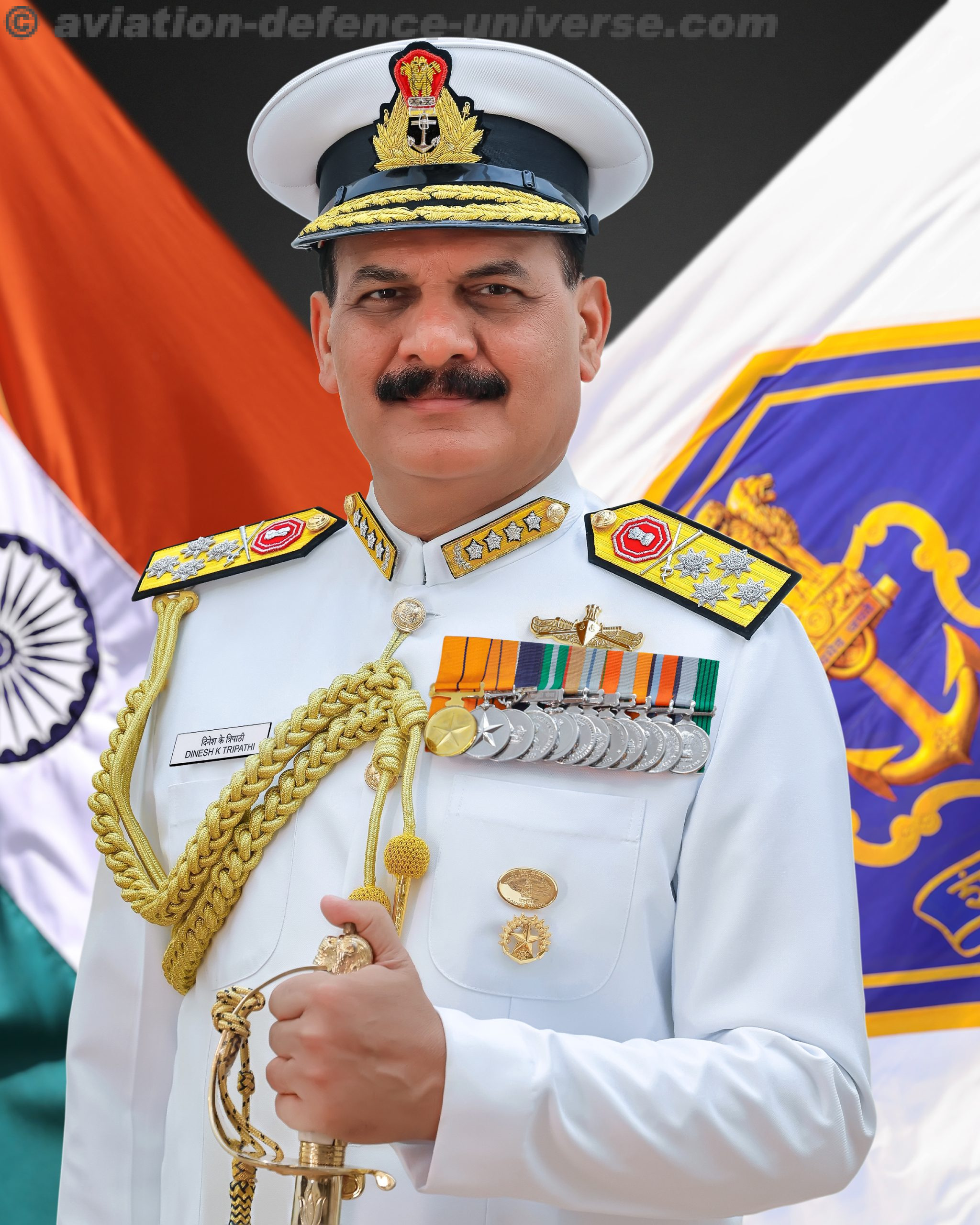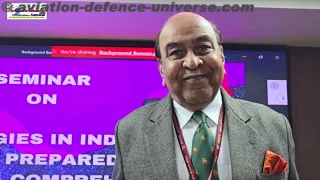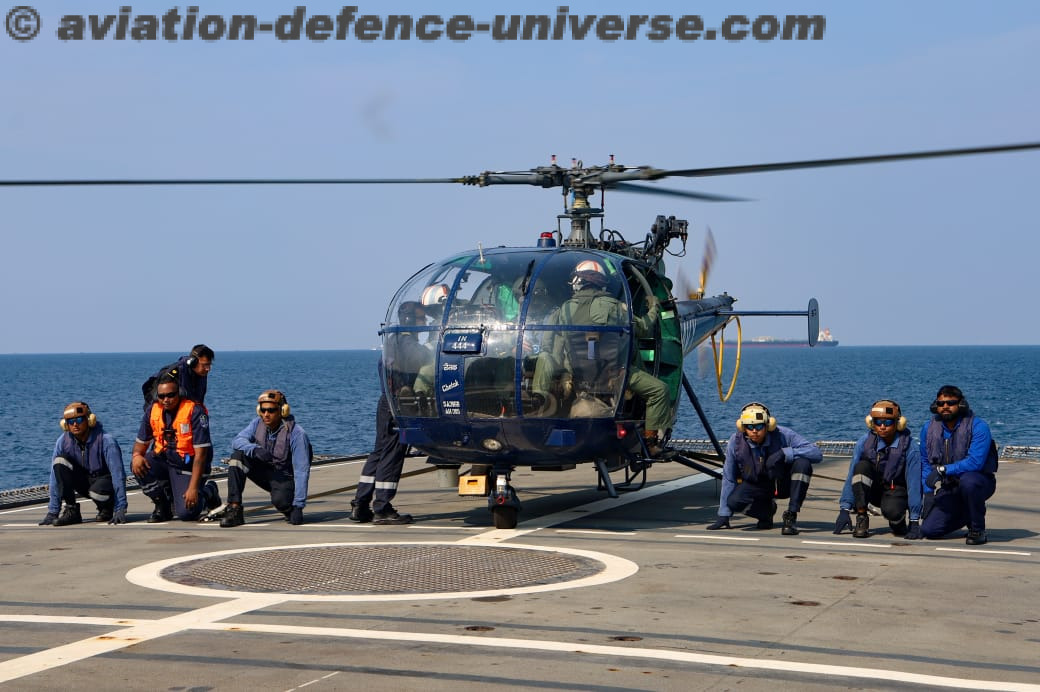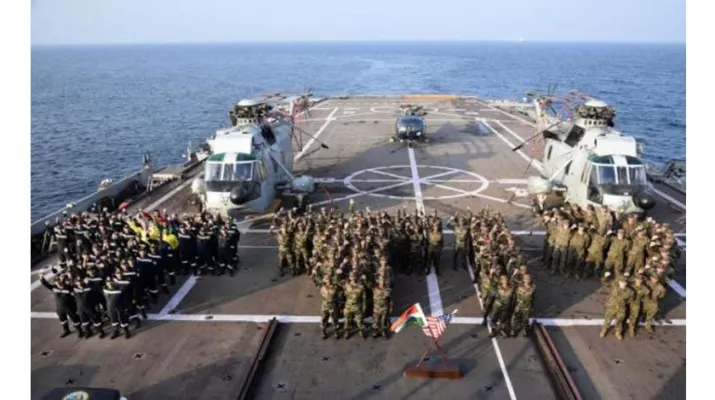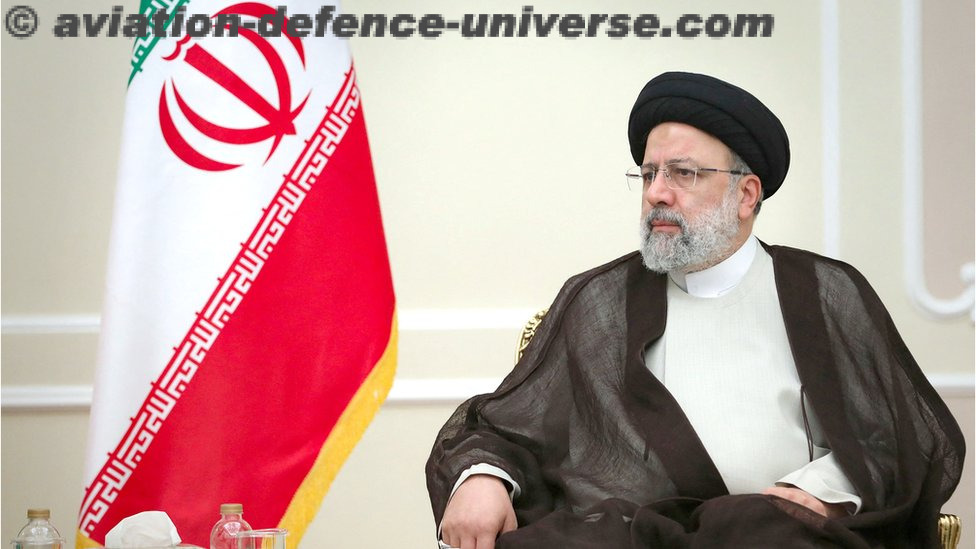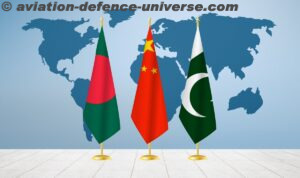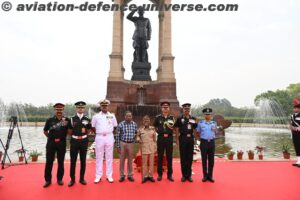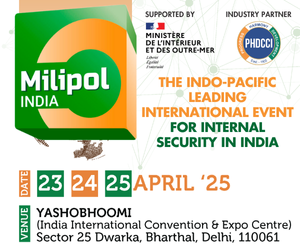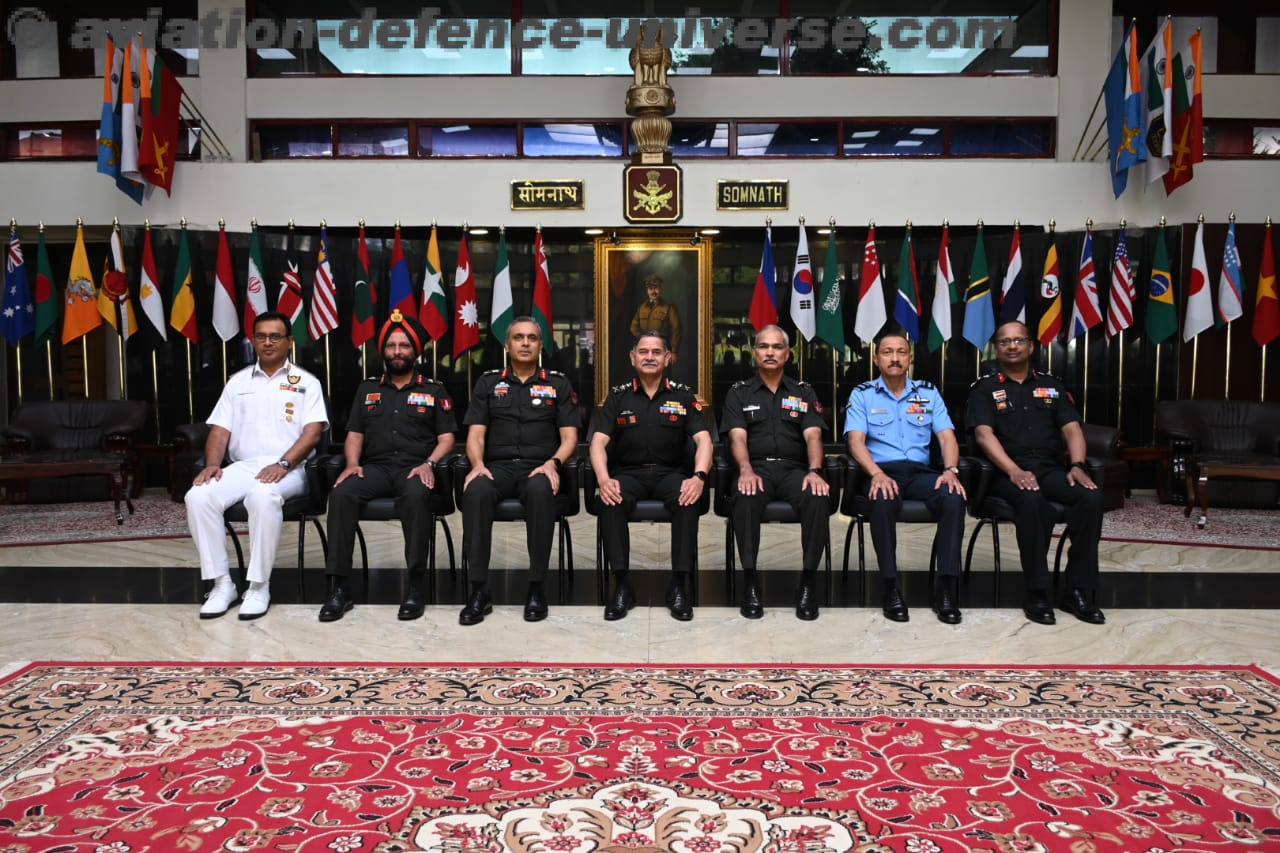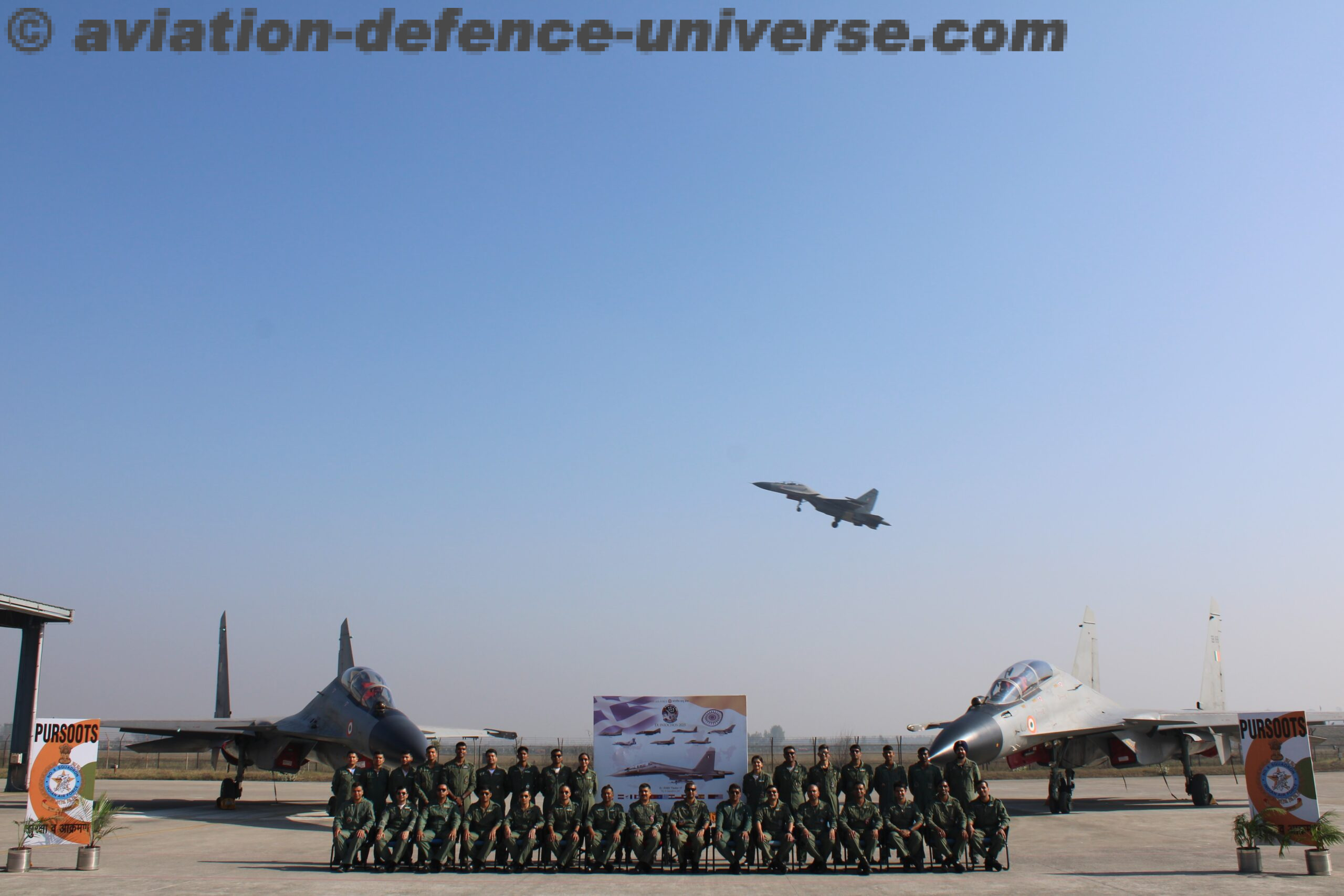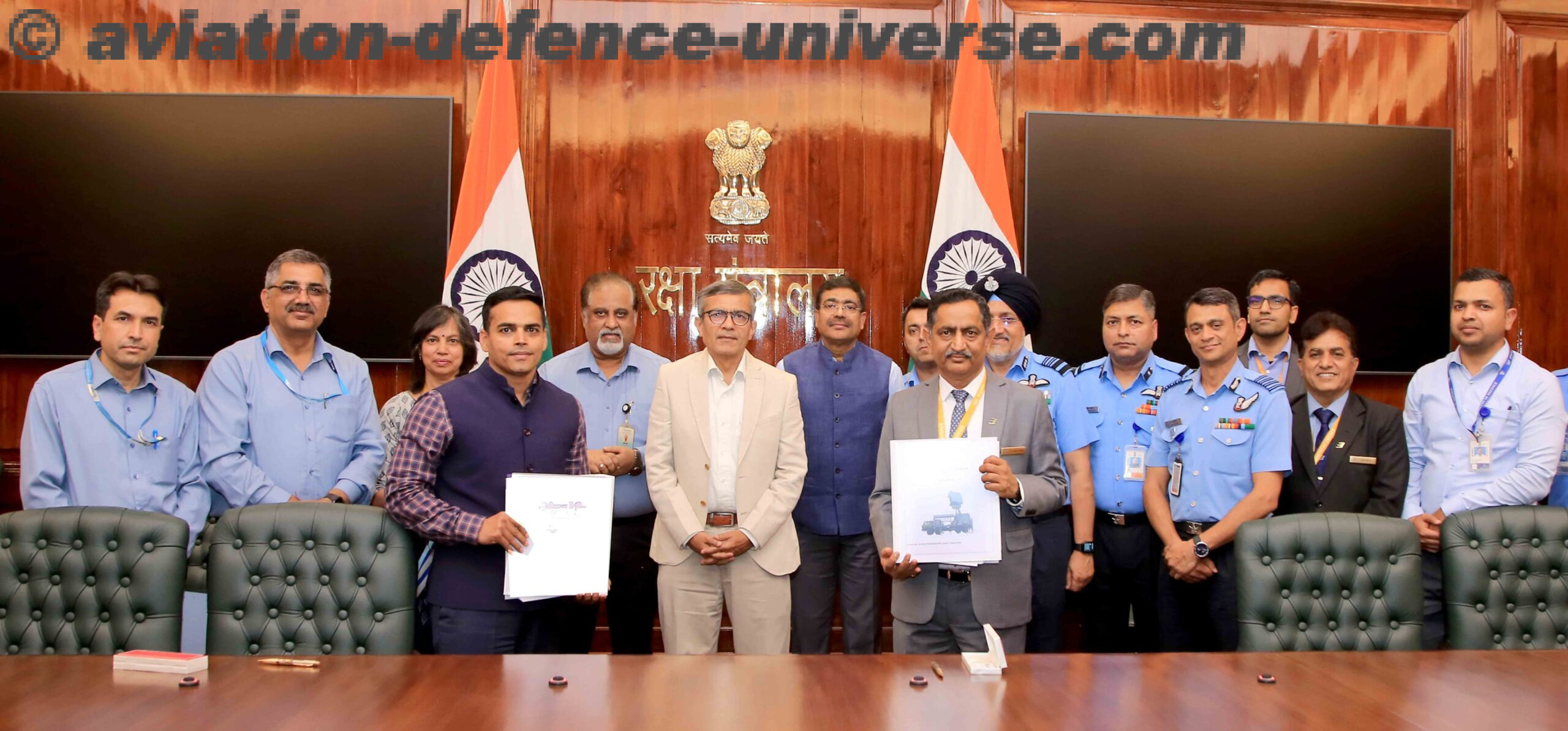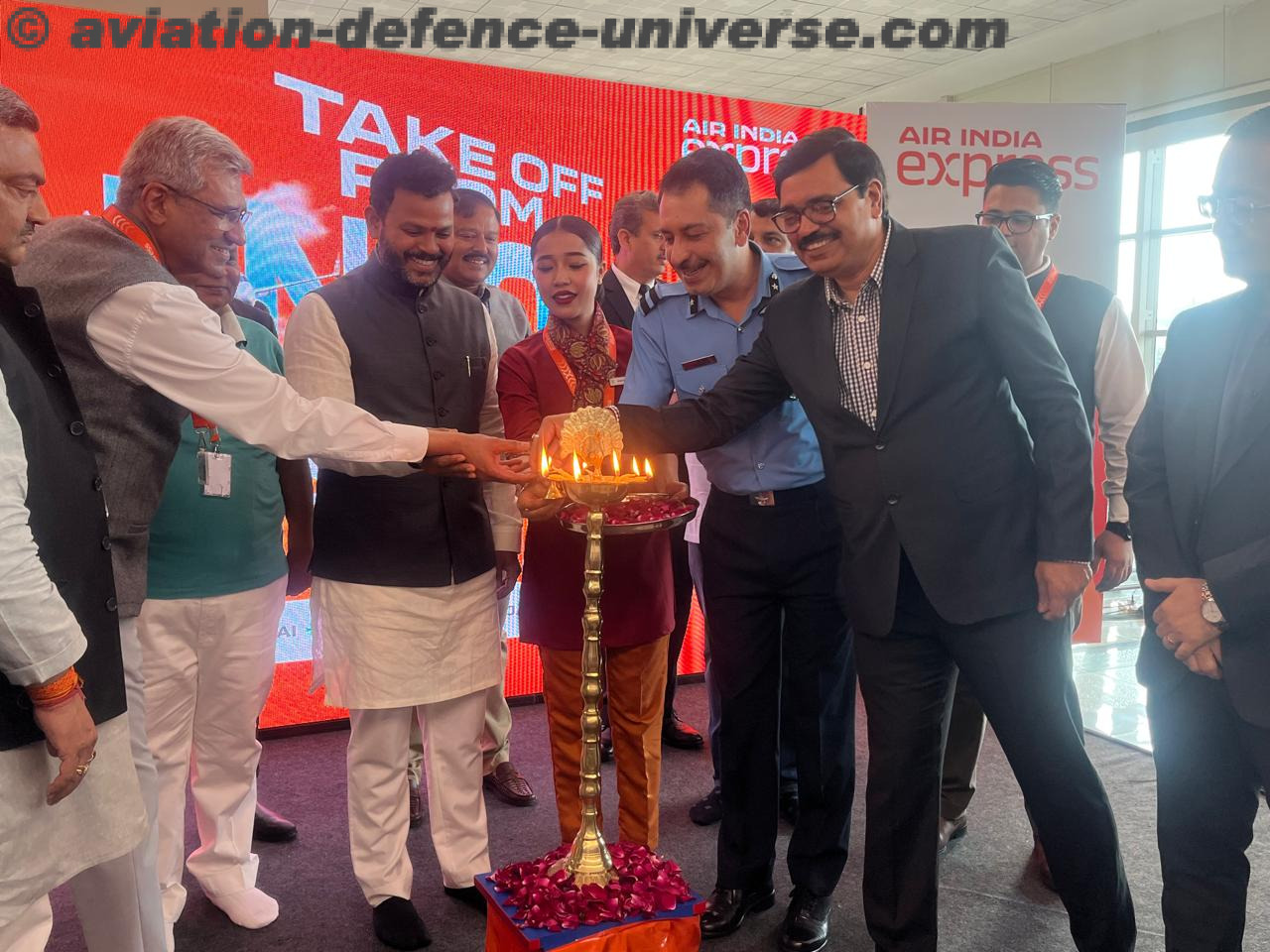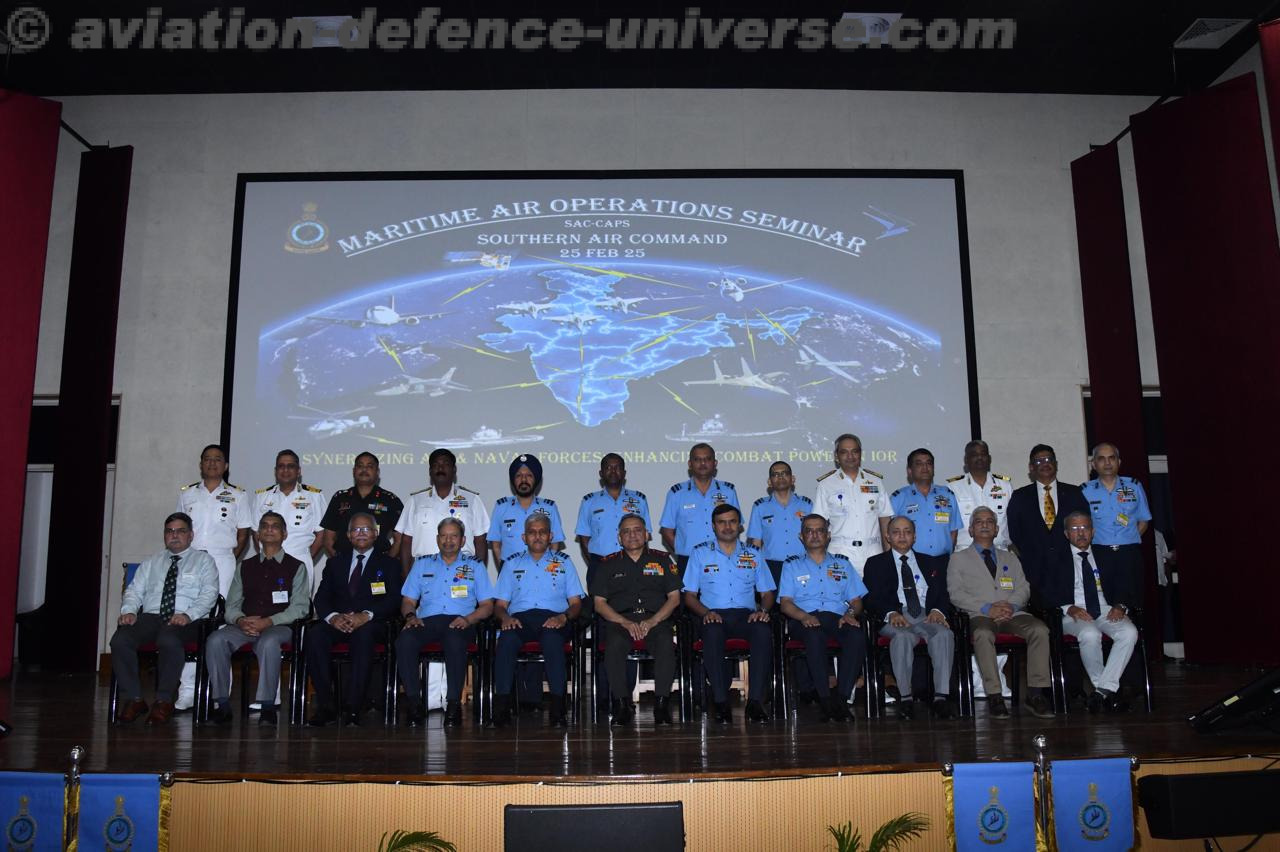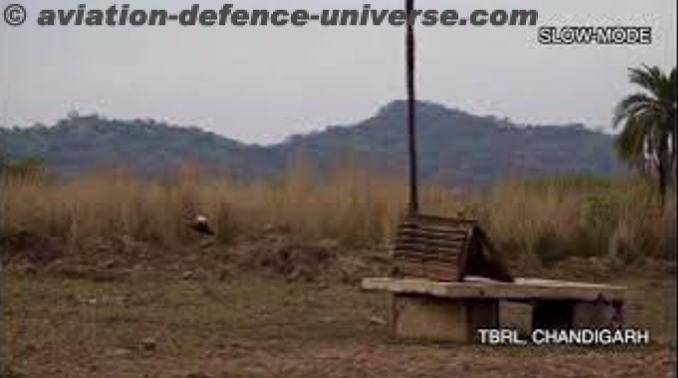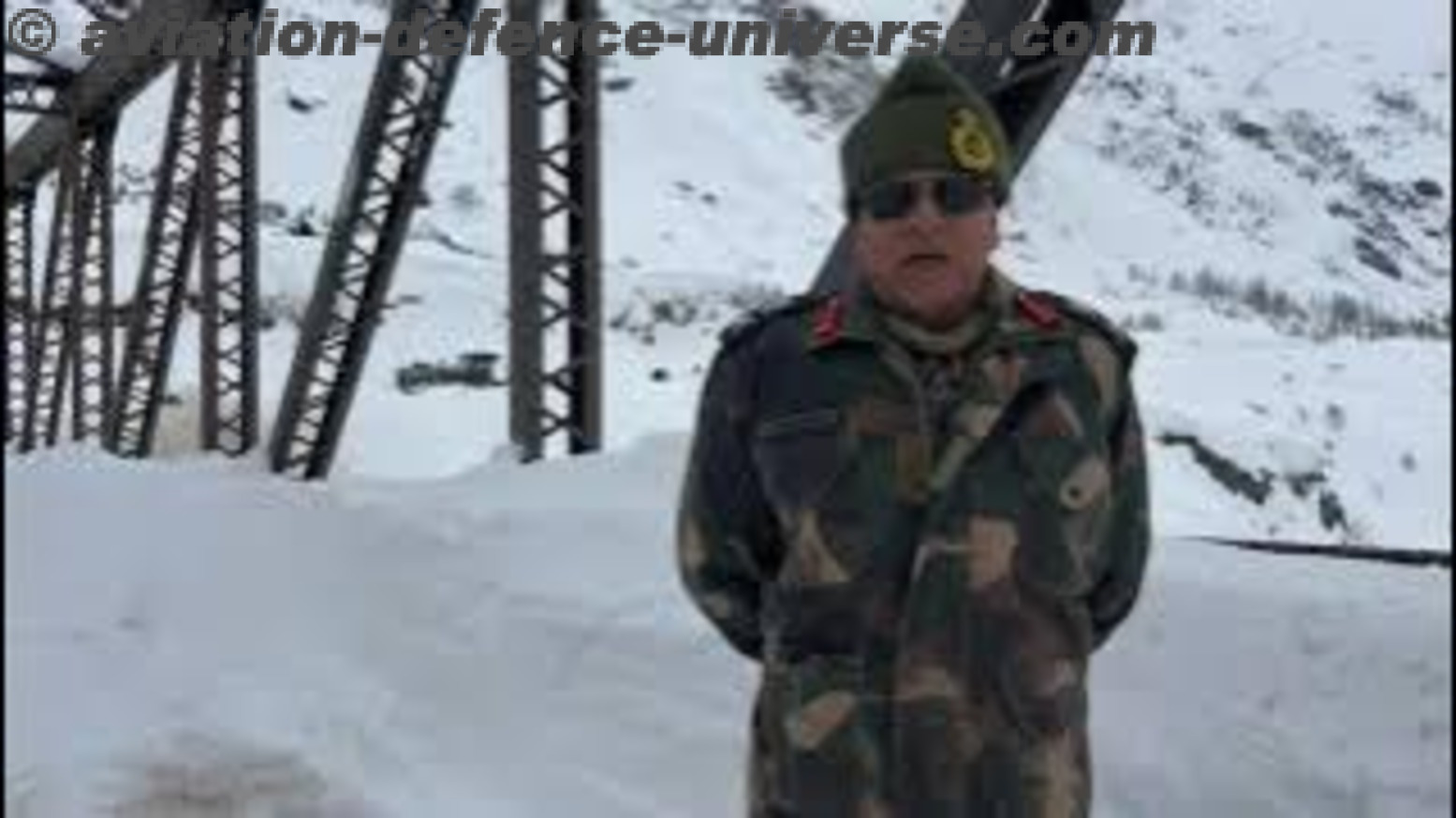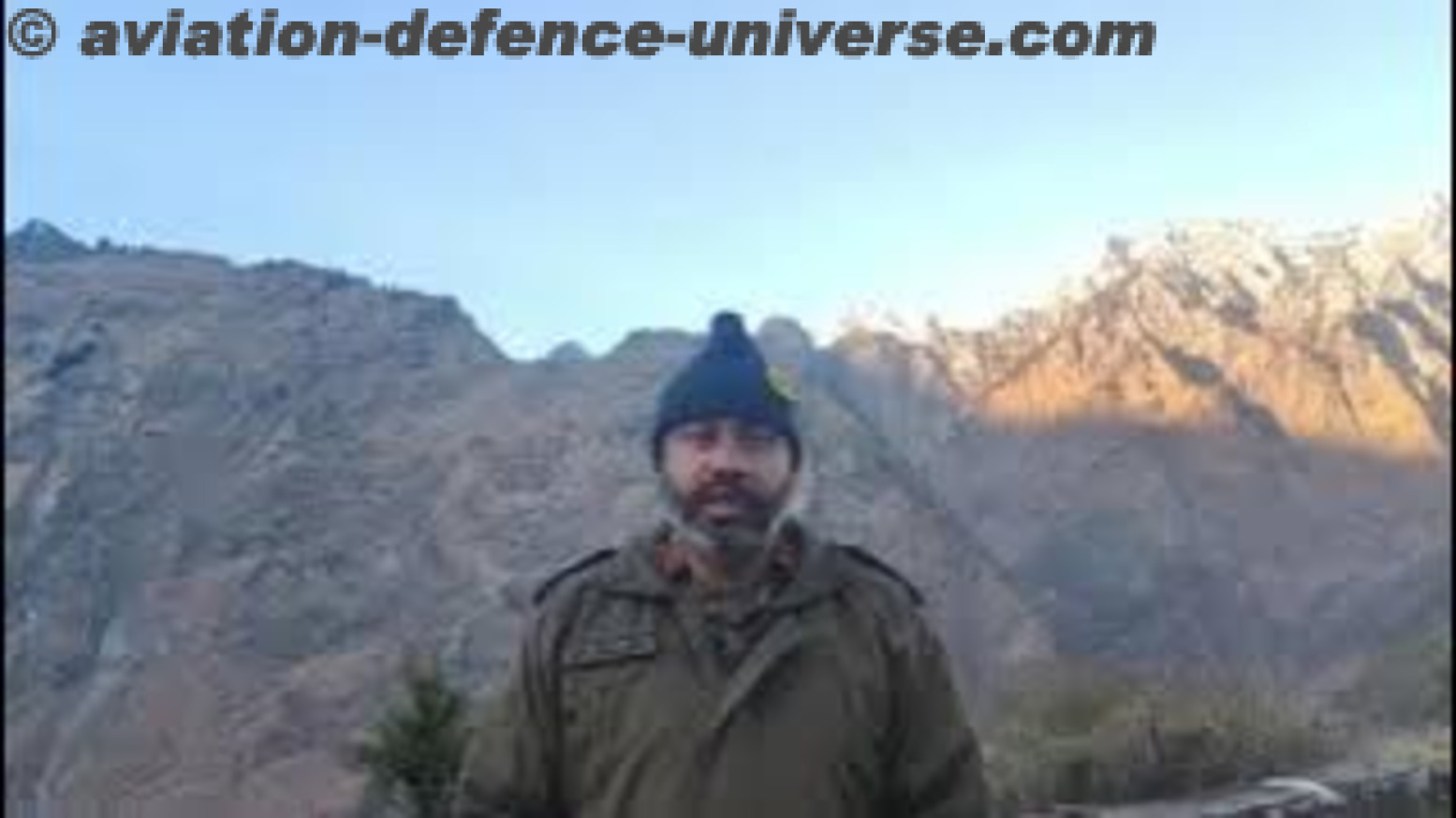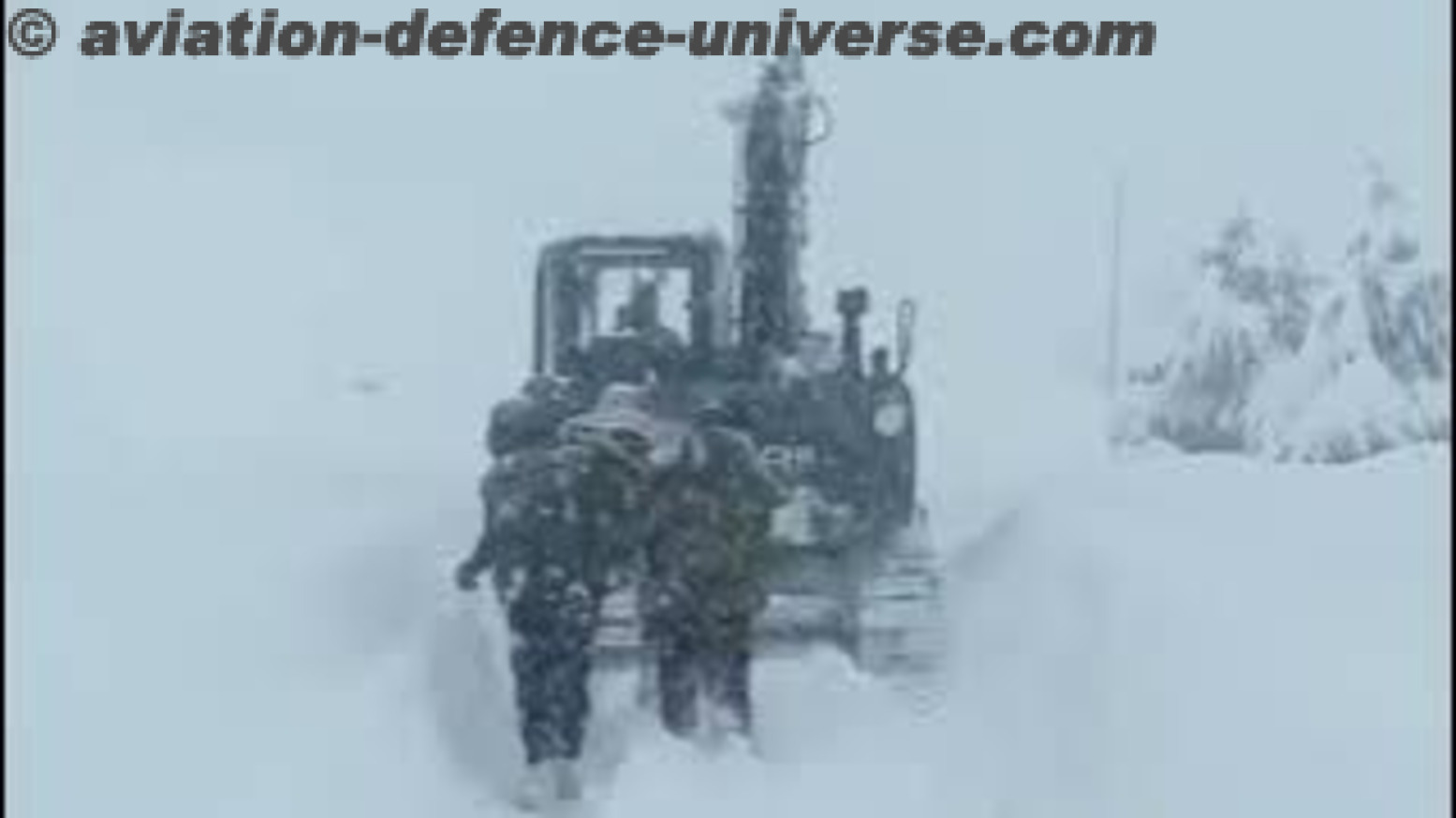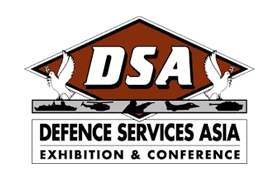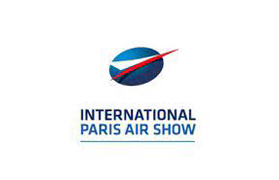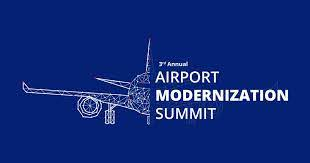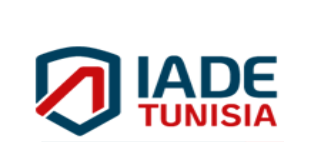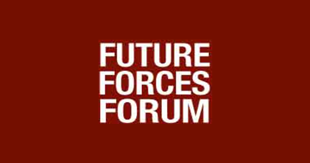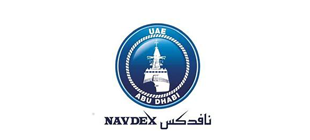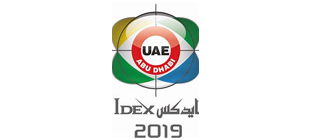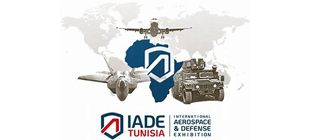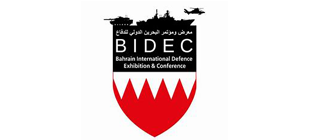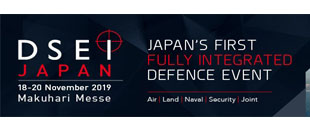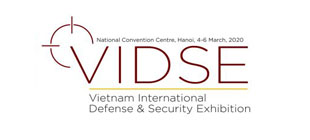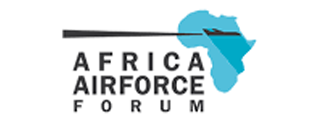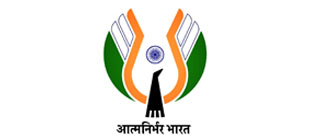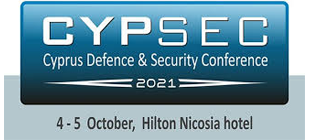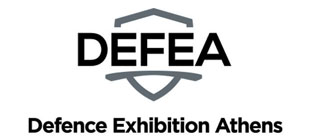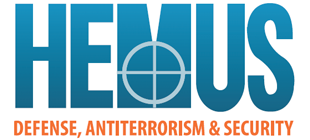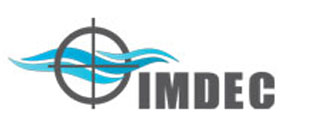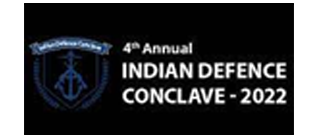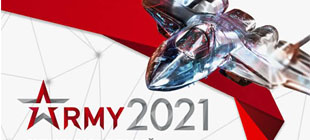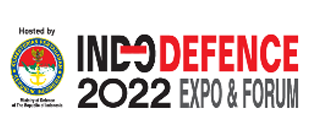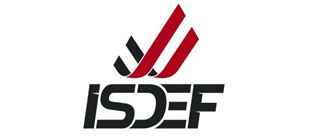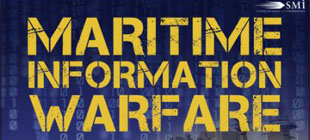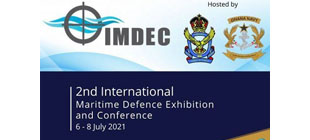- Iranian hardliners mourn Raisi
- Moderates show indifference amid economic struggles
New Delhi. 04 June 2024. The sudden death of Iranian President Ebrahim Raisi in a helicopter crash on 19 May 2024 has profound geopolitical ramifications, impacting Iran’s domestic power structure and its international relations. Three strategic views of the situation point towards a domestic power struggle created by the vacuum in leadership which might result into reiteration and rising from the phoenix of Raisi’s death of hardliners, a possibility albeit slim, that a more moderate leader could emerge, potentially shifting Iran’s domestic and foreign policies which could ease internal unrest and improve relations with the West and his death could either stall the ongoing negotiations or, depending on his successor, create an opportunity for a more conciliatory approach, potentially leading to a breakthrough or further deadlock in talks. Speculation are strife.
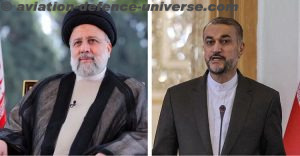 Iranian President Ebrahim Raisi, Foreign Minister Hossein Amir-Abdollahian, East Azerbaijan Governor Malek Rahmati and senior cleric Mohammad Ali Ale-Hashem along with few others died in a helicopter crash on 19 May 2024. The helicopter crashed at Mount Sahand near Jolfa which is situated at Iran Azerbaijan border. The crash occurred when they were returning from the inauguration of a newly built Qiz Qalasi dam which is situated on Iran Azerbaijan border. There was heavy fog in the forested area where accident occurred. The search and rescue mission also faced numerous difficulties. Supreme Leader Ali Khamenei announced five days public mourning and offered his condolences. Both Raisi and Mokhber were close to supreme leader.
Iranian President Ebrahim Raisi, Foreign Minister Hossein Amir-Abdollahian, East Azerbaijan Governor Malek Rahmati and senior cleric Mohammad Ali Ale-Hashem along with few others died in a helicopter crash on 19 May 2024. The helicopter crashed at Mount Sahand near Jolfa which is situated at Iran Azerbaijan border. The crash occurred when they were returning from the inauguration of a newly built Qiz Qalasi dam which is situated on Iran Azerbaijan border. There was heavy fog in the forested area where accident occurred. The search and rescue mission also faced numerous difficulties. Supreme Leader Ali Khamenei announced five days public mourning and offered his condolences. Both Raisi and Mokhber were close to supreme leader.
The death of the Iranian President and Foreign Minister shocked not only Iran but world too. Iranian government launched an enquiry of the helicopter crash. The terrain of the crash area was difficult and there was heavy fog. The other important point is that it was an old Bell 212 aircraft which was purchased by Iran before 1979 Islamic Revolution. These helicopters are deployed in VIP Transport Squadron of Iranian Air Force. It is a twin-engine helicopter and now it is phased out by most of the countries and these countries are using Bell 412 and Leonardo AW139 which are more modern and safe. After Iranian Revolution in 1979 the relations between U.S. and Iran deteriorated and U.S. put sanctions which hampered the maintenance and replacement of parts and equipment of aircraft. Iranian officials also claim that because of U.S. sanctions helicopter could not be maintained properly hence it crashed, thereby making U.S. indirectly responsible for the crash.
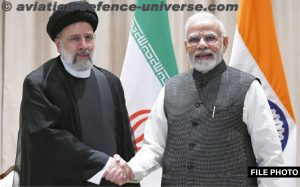 The possibility of bad weather, fog, mountainous terrain, dense forest, low visibility and ill-maintenance of helicopter can be a cause of its crash. It may be possible that because of these adverse circumstances the pilot might have been forced to try hard landing and it may have caused the crash. The Iranian authorities took time in announcing the death of President, Foreign Minister and other people in the plane thereby adding fire to different type of rumours.
The possibility of bad weather, fog, mountainous terrain, dense forest, low visibility and ill-maintenance of helicopter can be a cause of its crash. It may be possible that because of these adverse circumstances the pilot might have been forced to try hard landing and it may have caused the crash. The Iranian authorities took time in announcing the death of President, Foreign Minister and other people in the plane thereby adding fire to different type of rumours.
Soon after the crash, the social media chatter became very active with different theories about the foul play in the helicopter crash. The crash generated conspiracy theories because of geopolitical dynamics of West Asia as well as due to domestic power struggle in Iran. President Raisi was front runner in the line to become the Supreme Leader, besides him there were other contenders also including Mojtaba Khamenei the son of Supreme Leader Ali Khamenei who is 85 years old. Hence few analysts claim that the Supreme Leader Ali Khamenei wanted to make his son Mojtaba Khamenei as supreme leader and for that removal of Raisi was necessary. These type of reasons are very common in West Asian region.
 After the death of Ebrahim Raisi the supreme leader appointed Vice President Mohammad Mokhber as interim president for 50 days. These 50 days are important as the president would be selected during this time. The timing of the helicopter crash is also significant as Iran became deeply involved with Russia and supported it diplomatically and militarily. It also voted against United Nations resolutions which were condemning Moscow. Iran also supplied drones, surface to surface ballistic missiles etc. to Russia. Iran was also supporting Hamas and other proxy terrorist outfits hence both C.I.A of U.S. and Mossad of Israel could also be involved in the crash of the helicopter, was another rumour. Hamas which is an Iran’s proxy attacked Israel on 7 October and at present Israel is attacking Hamas. Hamas also issued a statement extending condolences to the Iranian people on the tragic demise of Raisi. Talks were held between U.S. and Iran so that sanctions can be reduced, Israel wants that sanctions on Tehran should continue. Not only this other Iran-aligned groups are attacking or threatening Israel of dire consequences. A clandestine war is going on between Iran and Israel after exchange of drone and missile attacks. One theory is that Mossad which has capability to execute operations inside Iran, is behind the helicopter crash. Iran watchers claim that foreign policy is basically dealt by Supreme Leader and president and foreign minister have little say in it. Some experts claim that it should not be the handiwork of Israel as killing the president of the country is a direct act of war and Israel would not do it. Israel targets military and nuclear targets and not high-level political leaders.
After the death of Ebrahim Raisi the supreme leader appointed Vice President Mohammad Mokhber as interim president for 50 days. These 50 days are important as the president would be selected during this time. The timing of the helicopter crash is also significant as Iran became deeply involved with Russia and supported it diplomatically and militarily. It also voted against United Nations resolutions which were condemning Moscow. Iran also supplied drones, surface to surface ballistic missiles etc. to Russia. Iran was also supporting Hamas and other proxy terrorist outfits hence both C.I.A of U.S. and Mossad of Israel could also be involved in the crash of the helicopter, was another rumour. Hamas which is an Iran’s proxy attacked Israel on 7 October and at present Israel is attacking Hamas. Hamas also issued a statement extending condolences to the Iranian people on the tragic demise of Raisi. Talks were held between U.S. and Iran so that sanctions can be reduced, Israel wants that sanctions on Tehran should continue. Not only this other Iran-aligned groups are attacking or threatening Israel of dire consequences. A clandestine war is going on between Iran and Israel after exchange of drone and missile attacks. One theory is that Mossad which has capability to execute operations inside Iran, is behind the helicopter crash. Iran watchers claim that foreign policy is basically dealt by Supreme Leader and president and foreign minister have little say in it. Some experts claim that it should not be the handiwork of Israel as killing the president of the country is a direct act of war and Israel would not do it. Israel targets military and nuclear targets and not high-level political leaders.
Another claim is that Raisi’s helicopter was shot out by a space laser. This theory is very popular in social media and on “X” nevertheless there is no proof about the use of space laser in the helicopter crash. Nonetheless, majority has agreed to the reason being natural crash because of dense fog and mountainous terrain. The helicopter was old, ill maintained because of U.S. sanctions and it may be a reason for the crash.
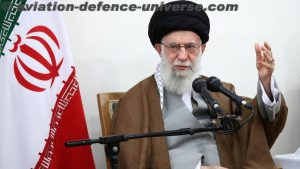 The hardliners mourned the death of Raisi but large number of moderates showed no remorse on their death. Most of the shopkeepers have not closed their shops and work continued as usual. Few moderates also mentioned that they do not care about the death of Raisi as after his death another hardliner would takeover, and they would continue to suffer. They also claimed that Iran is passing from economic, social and political problems hence they do not care about his death. 63 years old Raisi was a hardliner and ordered that morality laws must be followed stringently, and he also ruthlessly crushed anti-government protests. Raisi was rigid while conducting nuclear negotiations with the world powers. He had full support from Supreme Leader Khamenei. The massive protests against religious hardline rule and death of a 22-year-old Kurdish woman Mahsa Amini in custody of morality police has undermined the popularity of Raisi. Iran is also confronting economic crisis because of sanctions put forward by U.S. and other countries.
The hardliners mourned the death of Raisi but large number of moderates showed no remorse on their death. Most of the shopkeepers have not closed their shops and work continued as usual. Few moderates also mentioned that they do not care about the death of Raisi as after his death another hardliner would takeover, and they would continue to suffer. They also claimed that Iran is passing from economic, social and political problems hence they do not care about his death. 63 years old Raisi was a hardliner and ordered that morality laws must be followed stringently, and he also ruthlessly crushed anti-government protests. Raisi was rigid while conducting nuclear negotiations with the world powers. He had full support from Supreme Leader Khamenei. The massive protests against religious hardline rule and death of a 22-year-old Kurdish woman Mahsa Amini in custody of morality police has undermined the popularity of Raisi. Iran is also confronting economic crisis because of sanctions put forward by U.S. and other countries.
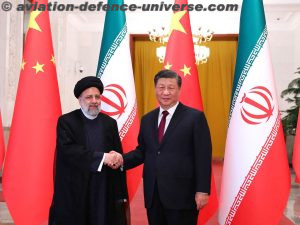 Brigadier Ali Abdollahi is head of the investigation team which would consist of technical, military and other personnel to investigate causes and circumstances of the helicopter crash in which Raisi and others were killed. Brigadier Ali Abdollahi did several important assignments but his ability to investigate air crash or his knowledge as aviation expert is untested. Abdollahi is anti U.S., a hardliner and has a poor human rights record. U.S. has put sanctions on him because of terrorism, human rights violations and for expansion of weapons of mass destruction. He delivered a speech in Moscow in 2022 in which he bitterly criticised USA.
Brigadier Ali Abdollahi is head of the investigation team which would consist of technical, military and other personnel to investigate causes and circumstances of the helicopter crash in which Raisi and others were killed. Brigadier Ali Abdollahi did several important assignments but his ability to investigate air crash or his knowledge as aviation expert is untested. Abdollahi is anti U.S., a hardliner and has a poor human rights record. U.S. has put sanctions on him because of terrorism, human rights violations and for expansion of weapons of mass destruction. He delivered a speech in Moscow in 2022 in which he bitterly criticised USA.
Raisi was considered as a successor of Khamenei and after his death a vacuum is created and hence the current presidential election is very crucial which would be held on 28 June 2024. Islamic Revolutionary Guard Corps (IRGC) has increased its presence at sensitive places so that the liberal group, which is anti Raisi as well as the present hardline regime, do not start a new agitation. Raisi killed so many persons that he was infamous as ‘Butcher of Tehran”. The masses of Iran were suffering because of corruption, inflation and unemployment under the presidentship of Raisi.
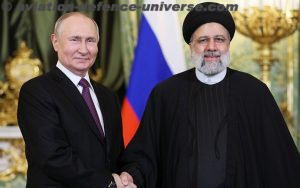 In the current scenario the importance of Iran which is actively supporting Russia has considerably increased. The western countries have placed numerous restrictions on Iran and Russia. China is also apprehensive about the sanctions hence these countries are not only coming closer to each other but also working against the interests of U.S. and other western countries. The open animosity between Saudi Arabia and Iran is also reduced and both have promised to establish diplomatic relations with the help of China. On one hand it reduced importance of U.S. in the region while importance of China has increased. As Iran is a major oil producing country and the death of Iranian president would impact Iran’s oil production and exports hence the prices of oil in the world market may go up.
In the current scenario the importance of Iran which is actively supporting Russia has considerably increased. The western countries have placed numerous restrictions on Iran and Russia. China is also apprehensive about the sanctions hence these countries are not only coming closer to each other but also working against the interests of U.S. and other western countries. The open animosity between Saudi Arabia and Iran is also reduced and both have promised to establish diplomatic relations with the help of China. On one hand it reduced importance of U.S. in the region while importance of China has increased. As Iran is a major oil producing country and the death of Iranian president would impact Iran’s oil production and exports hence the prices of oil in the world market may go up.
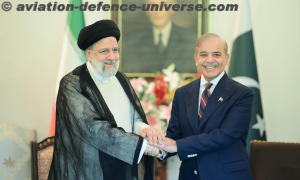 India and Iran has signed agreement on Chabahar port which is a strategic initiative, and it would increase trade between India and Central Asian countries. The agreement was signed in 2003 but the progress was slow because of U.S. sanctions on Iran. U.S. has criticised signing of agreement and cautioned of potential sanctions; however, U.S. may ignore it due to changing world scenario. Development of Chabahar would further reduce the importance of Pakistan’s Gwadar port.
India and Iran has signed agreement on Chabahar port which is a strategic initiative, and it would increase trade between India and Central Asian countries. The agreement was signed in 2003 but the progress was slow because of U.S. sanctions on Iran. U.S. has criticised signing of agreement and cautioned of potential sanctions; however, U.S. may ignore it due to changing world scenario. Development of Chabahar would further reduce the importance of Pakistan’s Gwadar port.
Economic implications are also strong. Iran is a major oil producer, and political instability could affect its oil production and export capacities. The death of the president might cause short-term disruptions, leading to fluctuations in global oil prices. The leadership change could influence Iran’s economic policies, especially in relation to international sanctions. A more moderate administration might seek relief from sanctions through diplomatic means, potentially stabilizing the Iranian economy.
In conclusion, the death of President Ebrahim Raisi is a critical event with far-reaching implications for Iran and the broader geopolitical landscape. The unfolding leadership dynamics and international reactions will be crucial in determining the future trajectory of Iran’s domestic policies and its role on the world stage.
(Jai Kumar Verma is a Delhi-based strategic analyst and Life member of United Services Institute of India and member of Manohar Parrikar Institute for Defence Studies and Analyses. The views in the article are solely the author’s. He can be contacted at editor.adu@gmail.com)





